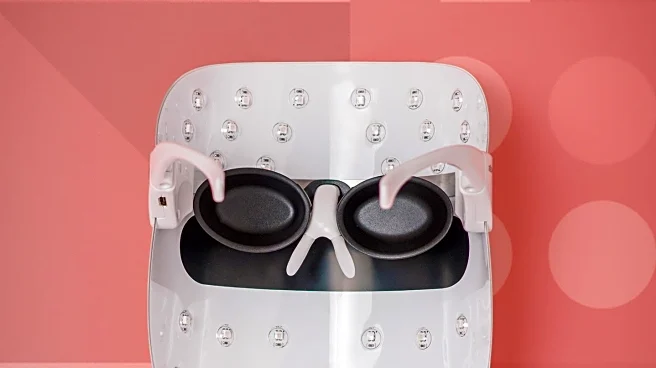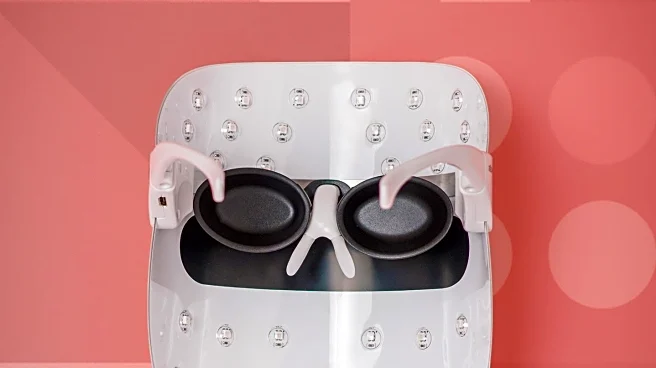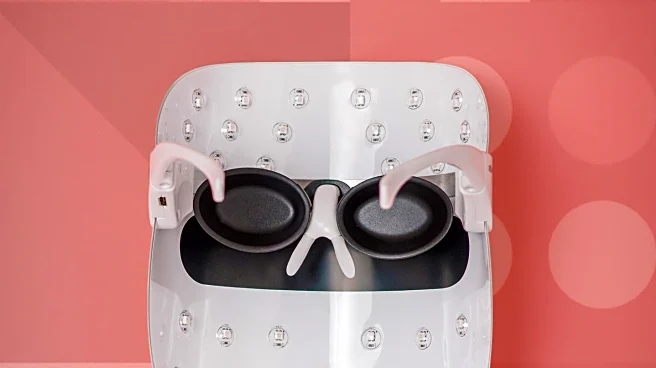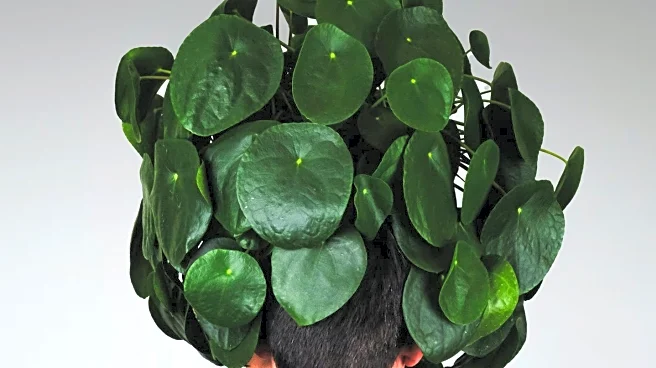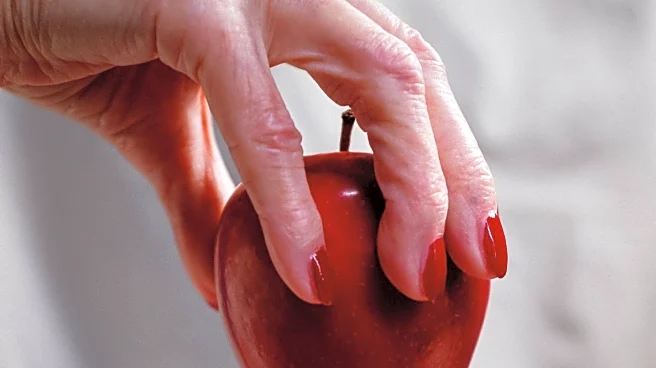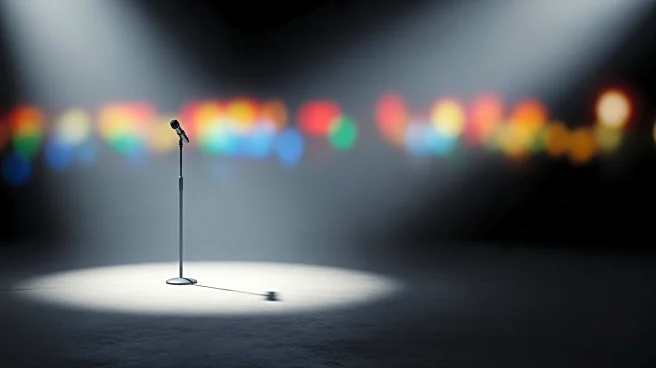What is the story about?
What's Happening?
As the winter months approach, many individuals experience a shift in mood and energy levels due to reduced daylight. Seasonal affective disorder (SAD), a form of depression linked to seasonal changes, affects approximately 1 in 20 adults, while many more experience milder symptoms known as 'winter blues.' To counteract these effects, experts recommend the use of light therapy, particularly through light boxes that emit bright light. Dr. Dorothy Sit, a psychiatrist at Northwestern University, emphasizes the effectiveness of bright light therapy in reversing symptoms of seasonal depression. The therapy involves sitting in front of a light box every morning for about 30 minutes, which can lead to improvements in mood and energy levels within a week. Michael Terman, a retired professor of clinical psychology and psychiatry, explains that exposure to morning light helps reset the circadian clock, synchronizing it with the outdoor world.
Why It's Important?
The significance of light therapy lies in its ability to provide a non-medication treatment option for those affected by seasonal depression. This approach is particularly valuable as it offers an alternative to standard anti-depression medications, with studies showing comparable effectiveness. Light therapy can benefit individuals with both severe and mild forms of seasonal depression, helping them maintain better mood and energy levels during the darker months. Additionally, the therapy supports the regulation of circadian rhythms, which are crucial for sleep-wake patterns and overall well-being. As daylight decreases, maintaining mental health becomes increasingly challenging, making light therapy a vital tool for many.
What's Next?
Individuals considering light therapy are advised to consult healthcare providers to discuss symptoms and treatment options. Selecting the right light box is crucial, with recommendations to choose models that emit 10,000 lux of light and have larger screens to ensure adequate exposure. Adjustments to the duration of exposure may be necessary based on individual responses. While light therapy addresses mood changes due to reduced daylight, it is important to also engage in social activities and maintain a healthy lifestyle to combat other factors contributing to low mood during winter.
Beyond the Headlines
The broader implications of light therapy extend to its potential role in promoting mental health awareness and encouraging non-pharmacological treatments. As society becomes more attuned to mental health issues, light therapy could gain recognition as a viable option for managing seasonal mood disorders. Furthermore, the therapy highlights the importance of understanding circadian rhythms and their impact on health, potentially leading to more research and innovations in this field.
AI Generated Content
Do you find this article useful?
